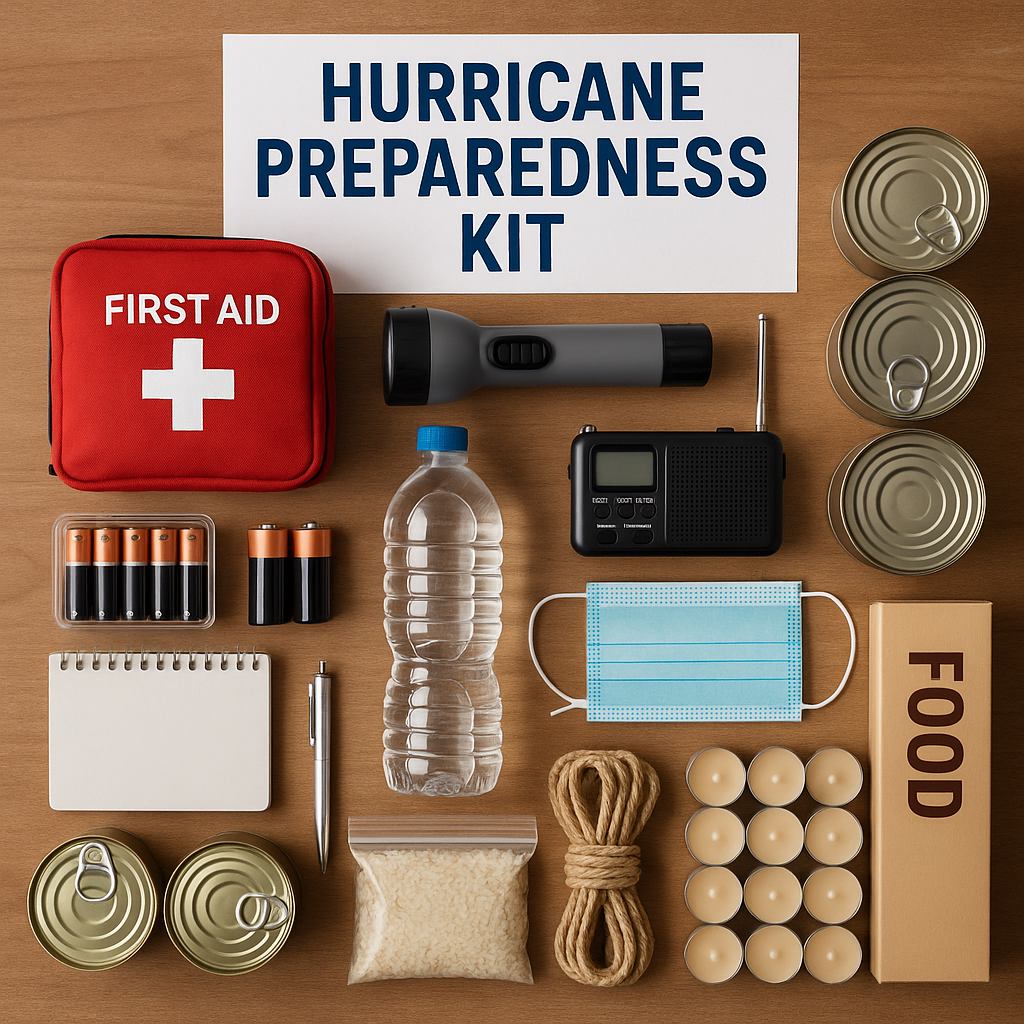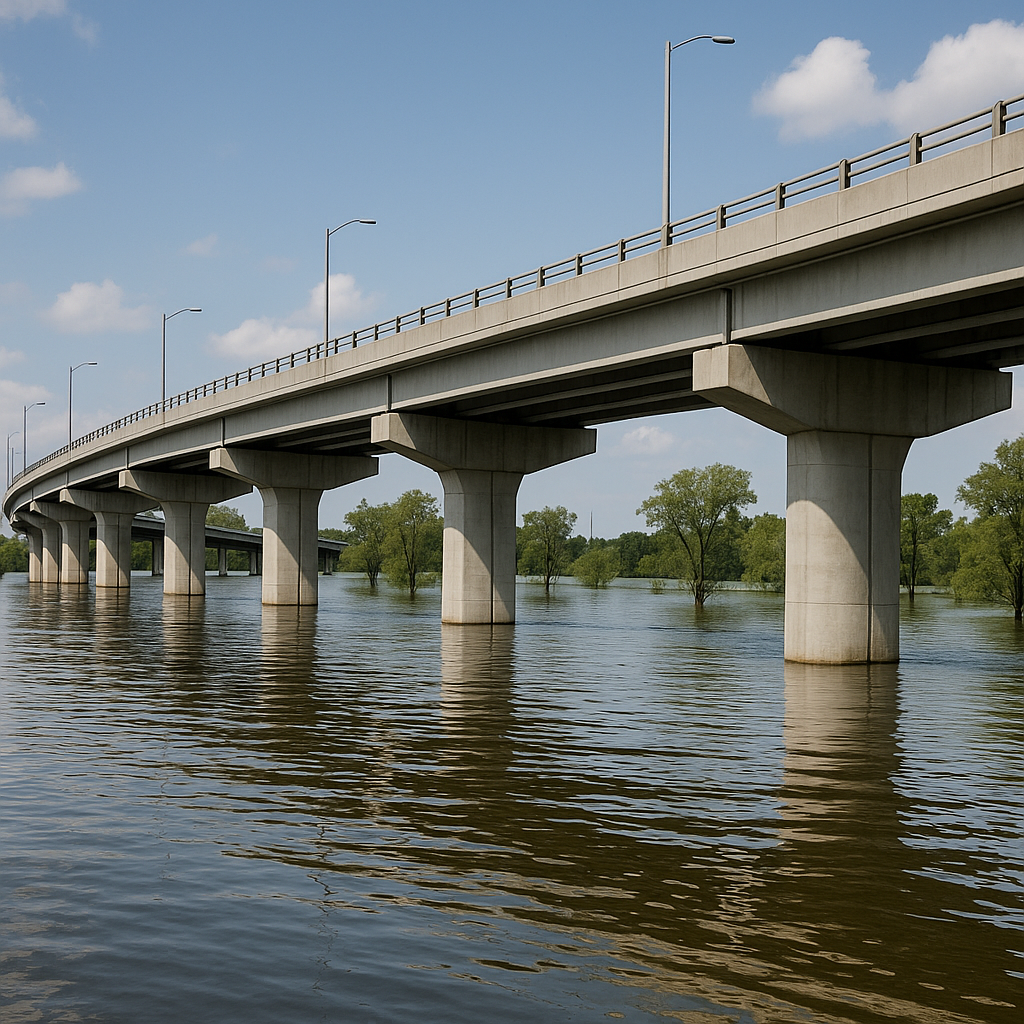Building Resilience After Hurricane Milton's Impact
)
Introduction
Hurricane Milton was a powerful storm that left a significant impact on our community. The havoc it wreaked highlighted the importance of being prepared and resilient in the face of such natural disasters. As we face the challenges of recovery, it becomes crucial to understand the multifaceted approach needed to rebuild our community. In this article, we will explore various strategies for hurricane preparedness, emergency response, and disaster management to help the Milton community rebuild and strengthen its resilience for future storms.
Hurricane Milton brought with it strong winds, heavy rainfall, and widespread flooding. The damage to homes, infrastructure, and the environment was significant, affecting thousands of residents. Understanding the extent of the impact is crucial for effective recovery and building resilience. The storm's path left a visible scar on the landscape, altering lives and reshaping the community's priorities.
In the aftermath of Hurricane Milton, the first step is to assess the damage. This involves evaluating the structural integrity of buildings, roads, and other infrastructure. It's essential to document the damage thoroughly to aid in insurance claims and government assistance applications. Accurate assessment allows for targeted recovery efforts, directing resources where they are most needed. Furthermore, documenting the extent of damage helps in future planning, ensuring that rebuilding efforts incorporate lessons learned to enhance resilience.
The community's response to Hurricane Milton was swift and commendable. Local authorities, emergency services, and volunteers worked tirelessly to ensure the safety and well-being of residents. This collective effort highlights the importance of a coordinated emergency response plan. Neighbor helping neighbor became the norm, showcasing the strength and unity of the Milton community. This experience underlines the critical nature of having pre-established communication channels and roles within the community to ensure a seamless response to any future crises.

Being prepared for a hurricane can significantly reduce the impact of such disasters. Here are some essential steps for hurricane preparedness, which must be tailored to both individual and community needs:
Creating a Family Emergency Plan
Having a family emergency plan is crucial. This plan should include evacuation routes, a communication strategy, and a designated meeting place. Ensure that all family members are aware of the plan and practice it regularly. Regular drills can help identify potential issues in the plan and ensure everyone knows their role. Additionally, incorporating digital tools and apps can streamline communication and information-sharing during an emergency, providing real-time updates to all family members.
Assembling an Emergency Kit
An emergency kit is a must-have for every household. It should contain non-perishable food, water, medications, flashlights, batteries, and important documents. Keep the kit in an easily accessible location. Reviewing and updating the kit regularly ensures that all items are in working order and not expired. Consider personalizing kits to meet specific family needs, such as including baby supplies or pet food, to ensure comprehensive preparedness.
Staying Informed
Stay informed about weather conditions and warnings. Use reliable sources such as the National Weather Service and local news outlets. Having a battery-powered radio can be invaluable during power outages. Engaging with local emergency management agencies on social media can provide timely alerts and updates. Additionally, participating in community meetings or briefings can offer insight into local preparedness efforts and allow residents to voice concerns or suggestions.
Disaster Management and Recovery
Disaster management is a critical component of building resilience. It involves planning, response, recovery, and mitigation. Here's how the Milton community can enhance its disaster management efforts, ensuring a robust recovery:
Strengthening Infrastructure
Rebuilding stronger infrastructure is essential for future resilience. This includes reinforcing buildings, improving drainage systems, and elevating roads in flood-prone areas. Investing in resilient infrastructure can significantly reduce damage in future storms. Implementing advanced building codes and standards can further enhance structural resilience, while smart technology integration can offer real-time monitoring of critical infrastructure.
Community Training and Education
Educating the community about disaster preparedness and response is vital. Workshops and training sessions can equip residents with the knowledge and skills needed to handle emergencies effectively. Encourage participation from all community members. Educational programs can be tailored to different age groups and sectors of the community, ensuring that everyone is well-informed and prepared. Collaboration with schools and local organizations can help disseminate information more effectively.
Mental Health Support
The emotional toll of a disaster can be significant. Providing mental health support for affected individuals is crucial for recovery. Establish support groups and counseling services to help residents cope with the aftermath of Hurricane Milton. Promoting mental health awareness and integrating it into recovery plans can help destigmatize seeking help. Partnering with mental health professionals and organizations can offer comprehensive support, addressing both immediate and long-term emotional needs.
Climate Adaptation and Resilience Strategies

As climate change continues to influence weather patterns, adapting to these changes is essential for resilience. Here are some strategies for climate adaptation, focusing on both immediate and long-term solutions:
Implementing Green Infrastructure
Green infrastructure, such as rain gardens and permeable pavements, can help manage stormwater and reduce flooding. These solutions not only mitigate the impact of hurricanes but also enhance the community's overall resilience. Incorporating natural landscapes into urban planning can improve environmental quality and provide aesthetic and recreational benefits. Educating the community on the benefits of green infrastructure can also foster support for such initiatives.
Promoting Sustainable Practices
Encouraging sustainable practices within the community can contribute to resilience. This includes conserving energy, reducing waste, and using renewable resources. Sustainable practices can lessen the impact of climate change on our environment. Incentivizing sustainable practices through local programs or tax benefits can encourage wider adoption. Engaging businesses and schools in sustainability initiatives can also foster a culture of environmental responsibility.
Collaborating with Experts
Collaboration with climate experts and organizations can provide valuable insights and resources for resilience planning. Engaging with experts can help the Milton community implement effective climate adaptation strategies. Forming partnerships with universities and research institutions can bring innovative solutions and technology to the forefront. Regularly reviewing and updating resilience plans with expert input ensures they remain relevant and effective in the face of changing climate conditions.
Resilient City Expo
For more insights on innovative strategies and practices for enhancing urban resilience, be sure to explore the Resilient City Expo. This event gathers experts, city officials, government officials and community leaders to share knowledge, showcase solutions, and foster collaboration aimed at strengthening cities against the challenges posed by climate change and natural disasters. Attending the expo can provide valuable resources and inspiration for the Milton community as we work towards a more resilient future.
Conclusion
Building resilience after Hurricane Milton's impact requires a comprehensive approach that includes hurricane preparedness, disaster management, and climate adaptation. By working together as a community and implementing these strategies, we can strengthen our ability to withstand future storms and protect our homes and loved ones. Resilience is not just about recovery—it's about being ready for whatever challenges the future may bring.
Together, let's build a safer and more resilient Milton community. Through collective effort, informed planning, and proactive adaptation, we can create a community that not only survives but thrives in the face of adversity. Let us embrace this opportunity to innovate, collaborate, and fortify our community for future generations.

